| Availability: | |
|---|---|
| Quantity: | |











Tartrazine (CAS No.: 1934-21-0, E Number: E102) is a water-soluble azo dye presenting as a bright lemon-yellow crystalline powder. With a purity level of ≥98.5% and moisture content ≤ 1.5%, it delivers vivid fluorescent hues compliant with global safety standards. Certified under FDA 21 CFR §74.705, EU Regulation (EC) No. 1333/2008, and China’s GB 4481.1-2019, it offers a 12-shade color spectrum (from pale lemon to deep gold) for food applications, ensuring no harmful heavy metals (lead ≤ 0.1ppm, arsenic ≤ 0.05ppm).
Fluorescent Safety: Undergoes strict photostability testing, maintaining color intensity without hazardous fluorescence emission—passing EU 10/2011 migration limits for food contact materials.
Broad pH Adaptability: Retains stability across pH 3.0–9.0, avoiding fading in acidic beverages (e.g., lemonade) and alkaline bakery goods (e.g., cakes with baking soda).
Cost-Effective Coloring: Requires only 0.01%–0.05% addition to achieve target shade, reducing raw material costs by up to 60% compared to natural curcumin.
Heat & Light Resistance: Withstands temperatures up to 180°C (baking) and UV exposure for 12 months without discoloration, outperforming natural yellow 6.
Regulatory Compliance: Certified Halal (IFANCA), Kosher (OK), and vegan, suitable for organic and conventional food production worldwide.
Beverages: Added at 0.01%–0.03% in carbonated drinks, fruit juices, and sports drinks. Creates consistent lemon-yellow tones in iced teas without cloudiness.
Confectionery: Incorporated at 0.02%–0.05% in hard candies, gummy bears, and lollipops. Blends with Red 40 to produce orange shades for citrus-flavored treats.
Bakery Goods: Used at 0.03%–0.04% in cake mixes, cookies, and pastries. Maintains color vibrancy during 20-minute baking at 175°C.
Dairy Products: Mixed into yogurt and ice cream at 0.01%–0.02%, compatible with probiotics and dairy proteins without flavor interference.
Q: Is tartrazine safe for children and sensitive populations?
A: Yes. It meets JECFA’s ADI standard of 7.5mg/kg body weight. Clinical studies show < 0.1% of individuals exhibit sensitivity, below the global average for food dyes.
Q: How to store tartrazine to preserve color stability?
A: Store in opaque sealed containers at 15°C–25°C with relative humidity ≤ 50%. Avoid direct sunlight; shelf life extends to 36 months under proper conditions.
Q: Can it be blended with other food colorants?
A: Absolutely. Mixes seamlessly with Sunset Yellow (E110) for amber tones and Brilliant Blue (E133) for green shades. Optimal blending ratio: 1:1 for secondary colors.

Tartrazine (CAS No.: 1934-21-0, E Number: E102) is a water-soluble azo dye presenting as a bright lemon-yellow crystalline powder. With a purity level of ≥98.5% and moisture content ≤ 1.5%, it delivers vivid fluorescent hues compliant with global safety standards. Certified under FDA 21 CFR §74.705, EU Regulation (EC) No. 1333/2008, and China’s GB 4481.1-2019, it offers a 12-shade color spectrum (from pale lemon to deep gold) for food applications, ensuring no harmful heavy metals (lead ≤ 0.1ppm, arsenic ≤ 0.05ppm).
Fluorescent Safety: Undergoes strict photostability testing, maintaining color intensity without hazardous fluorescence emission—passing EU 10/2011 migration limits for food contact materials.
Broad pH Adaptability: Retains stability across pH 3.0–9.0, avoiding fading in acidic beverages (e.g., lemonade) and alkaline bakery goods (e.g., cakes with baking soda).
Cost-Effective Coloring: Requires only 0.01%–0.05% addition to achieve target shade, reducing raw material costs by up to 60% compared to natural curcumin.
Heat & Light Resistance: Withstands temperatures up to 180°C (baking) and UV exposure for 12 months without discoloration, outperforming natural yellow 6.
Regulatory Compliance: Certified Halal (IFANCA), Kosher (OK), and vegan, suitable for organic and conventional food production worldwide.
Beverages: Added at 0.01%–0.03% in carbonated drinks, fruit juices, and sports drinks. Creates consistent lemon-yellow tones in iced teas without cloudiness.
Confectionery: Incorporated at 0.02%–0.05% in hard candies, gummy bears, and lollipops. Blends with Red 40 to produce orange shades for citrus-flavored treats.
Bakery Goods: Used at 0.03%–0.04% in cake mixes, cookies, and pastries. Maintains color vibrancy during 20-minute baking at 175°C.
Dairy Products: Mixed into yogurt and ice cream at 0.01%–0.02%, compatible with probiotics and dairy proteins without flavor interference.
Q: Is tartrazine safe for children and sensitive populations?
A: Yes. It meets JECFA’s ADI standard of 7.5mg/kg body weight. Clinical studies show < 0.1% of individuals exhibit sensitivity, below the global average for food dyes.
Q: How to store tartrazine to preserve color stability?
A: Store in opaque sealed containers at 15°C–25°C with relative humidity ≤ 50%. Avoid direct sunlight; shelf life extends to 36 months under proper conditions.
Q: Can it be blended with other food colorants?
A: Absolutely. Mixes seamlessly with Sunset Yellow (E110) for amber tones and Brilliant Blue (E133) for green shades. Optimal blending ratio: 1:1 for secondary colors.

| Attribute | Detail |
|---|---|
| Name | tartrazine |
| Ingredient | Lemon yellow |
| Specification | 20 kg |
| Capacity | 20 kg |
| Place Of Production | Guangzhou, China |
| Shelf Life | 2 years |
| Storage Conditions | Store in a cool, dry place |
| Attribute | Detail |
|---|---|
| Name | tartrazine |
| Ingredient | Lemon yellow |
| Specification | 20 kg |
| Capacity | 20 kg |
| Place Of Production | Guangzhou, China |
| Shelf Life | 2 years |
| Storage Conditions | Store in a cool, dry place |
Lemon yellow can be prepared by the condensation method and the heavy ammonia-coupling method [12]. It can be used for coloring beverages, candies, pastries, jelly, ice cream, medicines and other foods to improve the appearance of the food.
It is mainly used for coloring food, beverages, medicines and cosmetics, and also for dyeing wool and silk as well as for making lakes. Water-soluble synthetic pigment, with a bright and tender yellow color, is widely used for coloring frozen desserts, jelly, flavored fermented milk, beverages, canned food, candy coating, etc.
Tartrazine is used for coloring in industries such as coatings, inks, plastics, and stationery. Its main application is as a dyeing agent for food, medicine, cosmetics and other products.

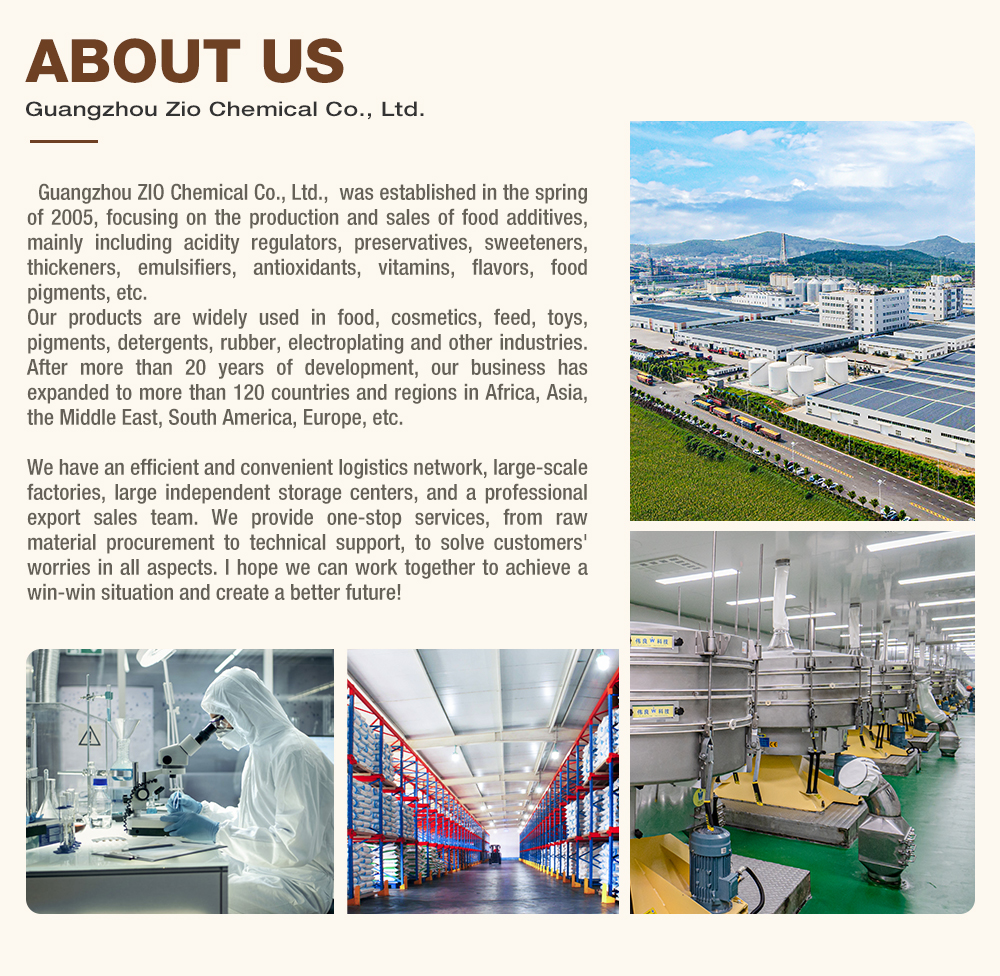
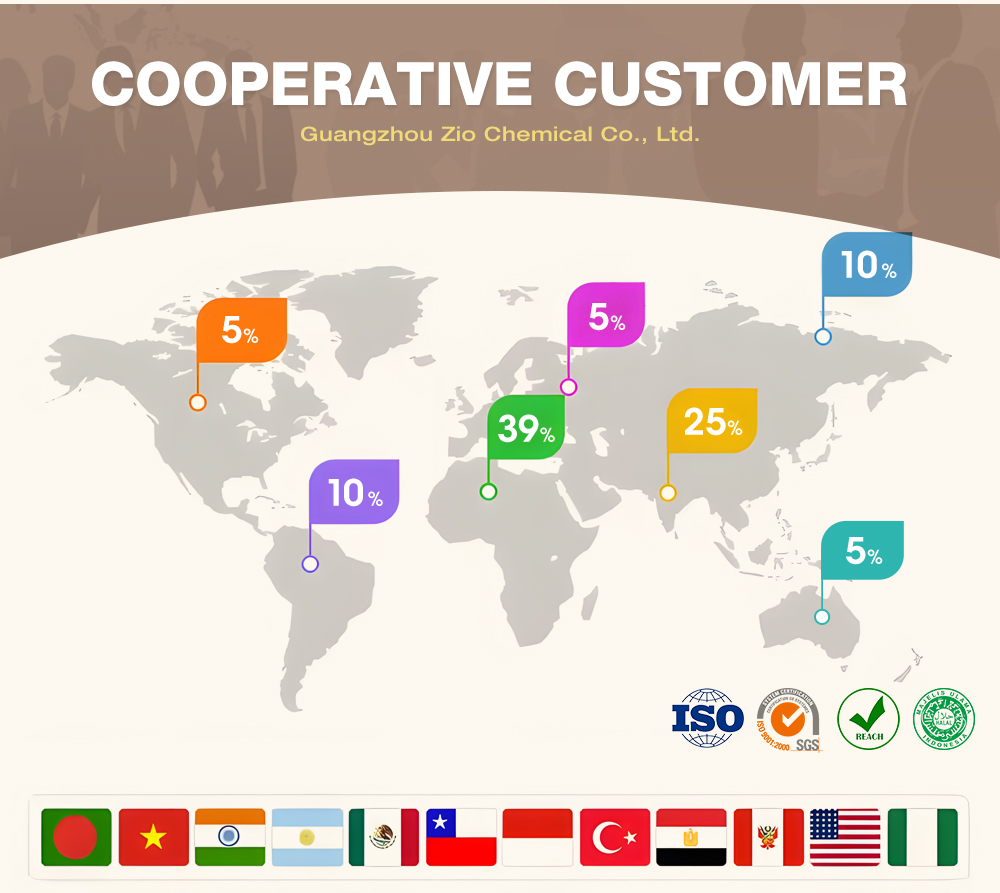
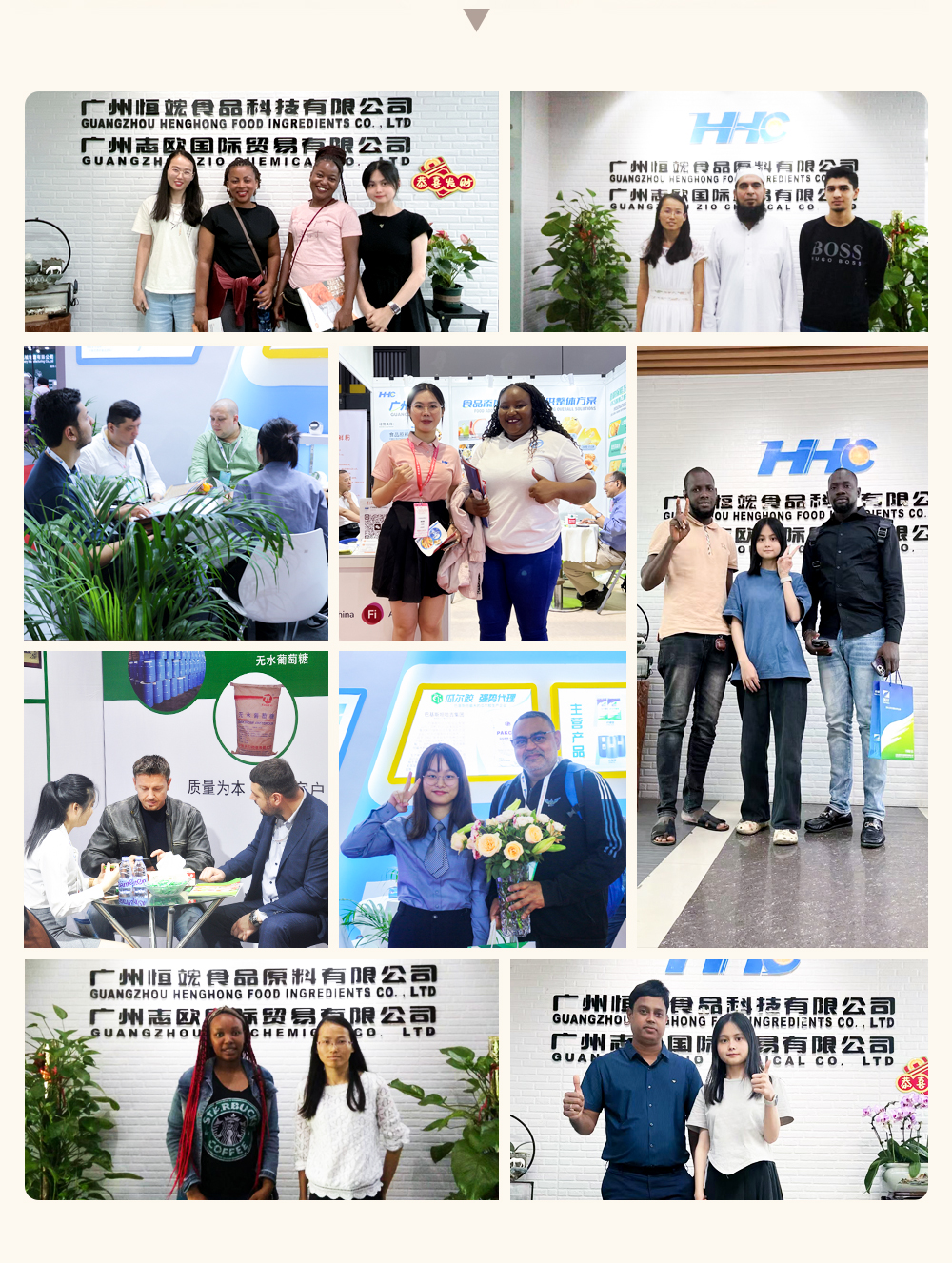
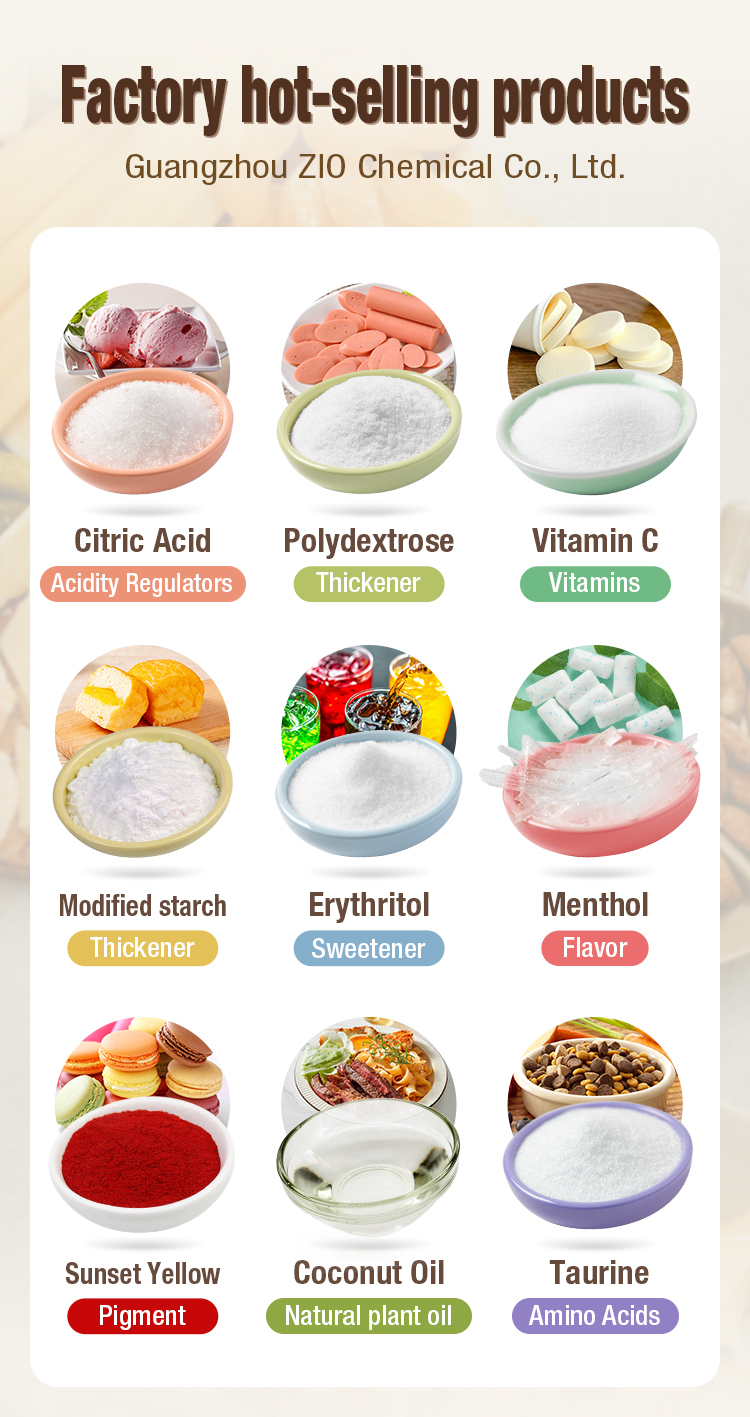

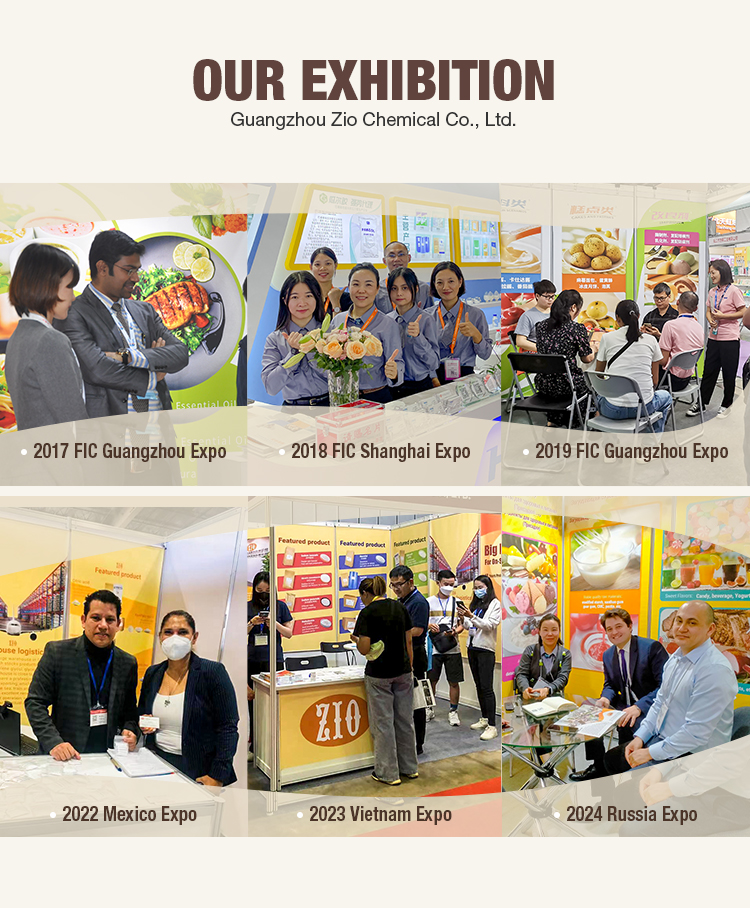
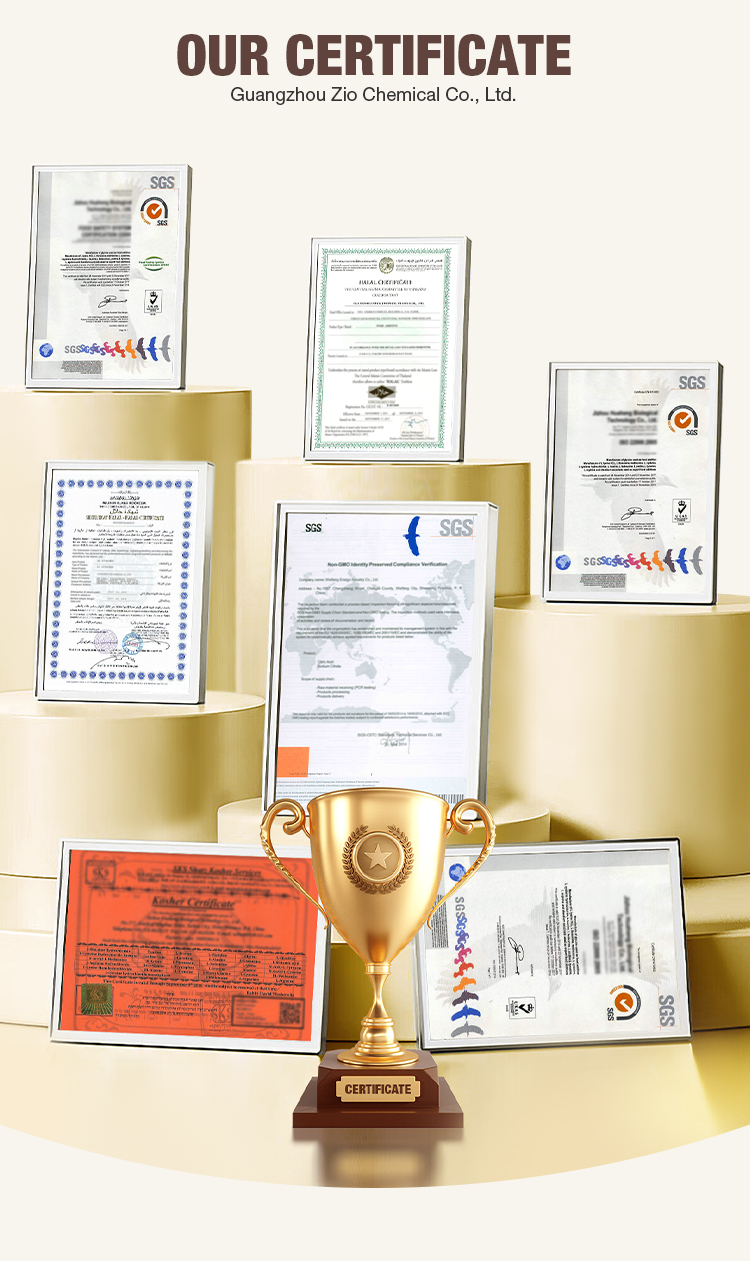

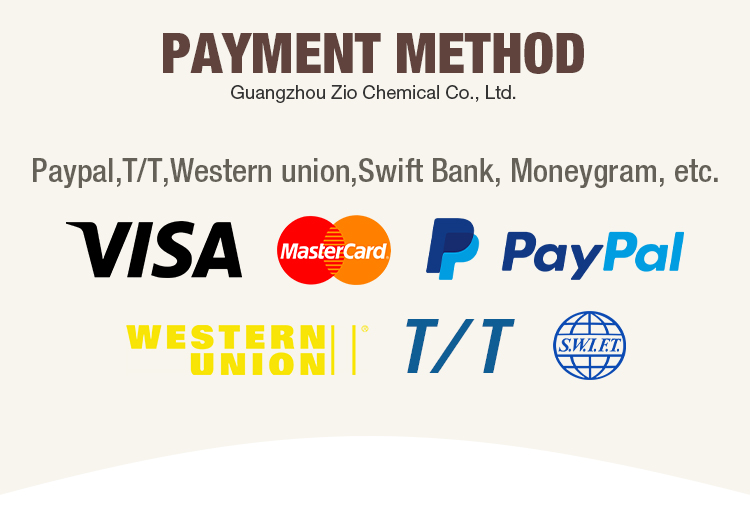
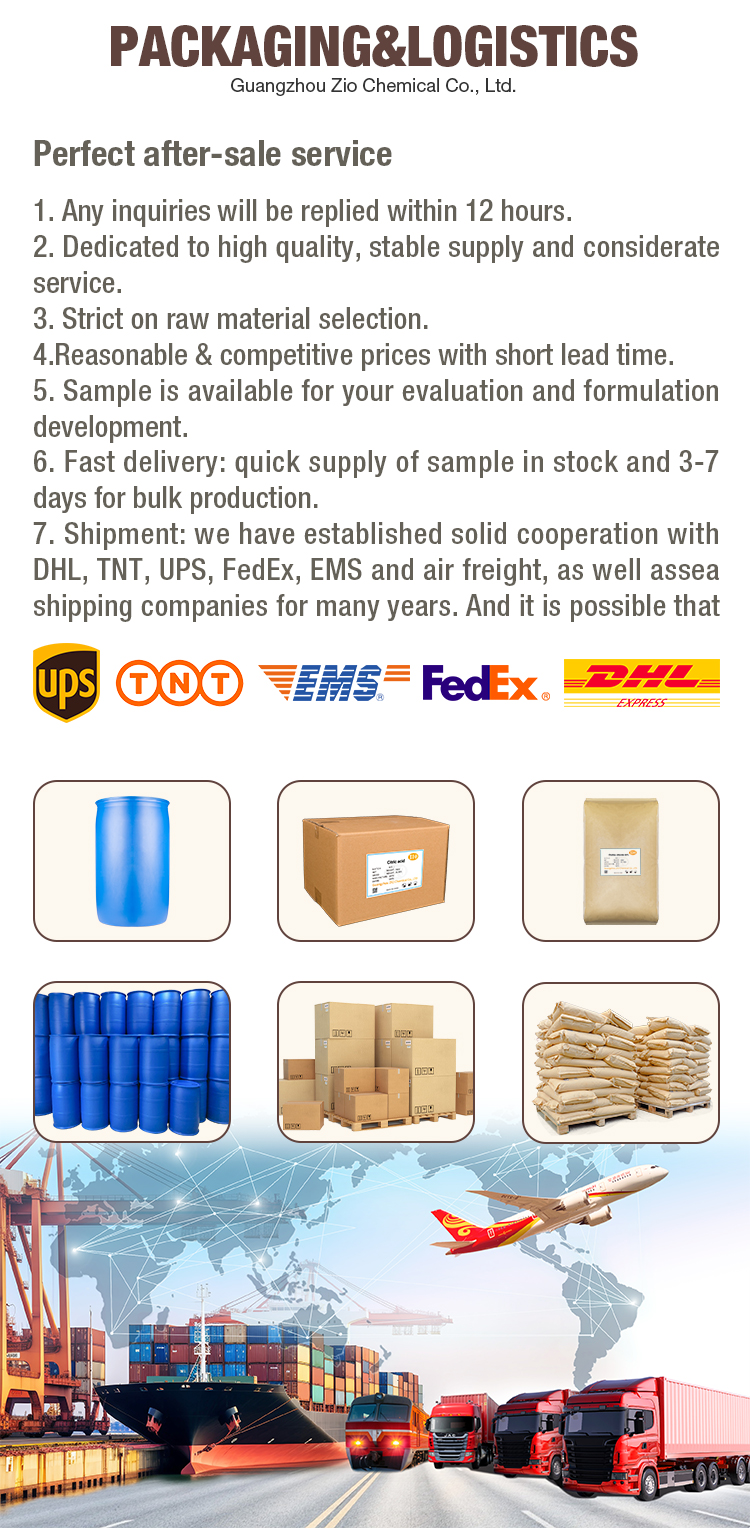
Lemon yellow can be prepared by the condensation method and the heavy ammonia-coupling method [12]. It can be used for coloring beverages, candies, pastries, jelly, ice cream, medicines and other foods to improve the appearance of the food.
It is mainly used for coloring food, beverages, medicines and cosmetics, and also for dyeing wool and silk as well as for making lakes. Water-soluble synthetic pigment, with a bright and tender yellow color, is widely used for coloring frozen desserts, jelly, flavored fermented milk, beverages, canned food, candy coating, etc.
Tartrazine is used for coloring in industries such as coatings, inks, plastics, and stationery. Its main application is as a dyeing agent for food, medicine, cosmetics and other products.










